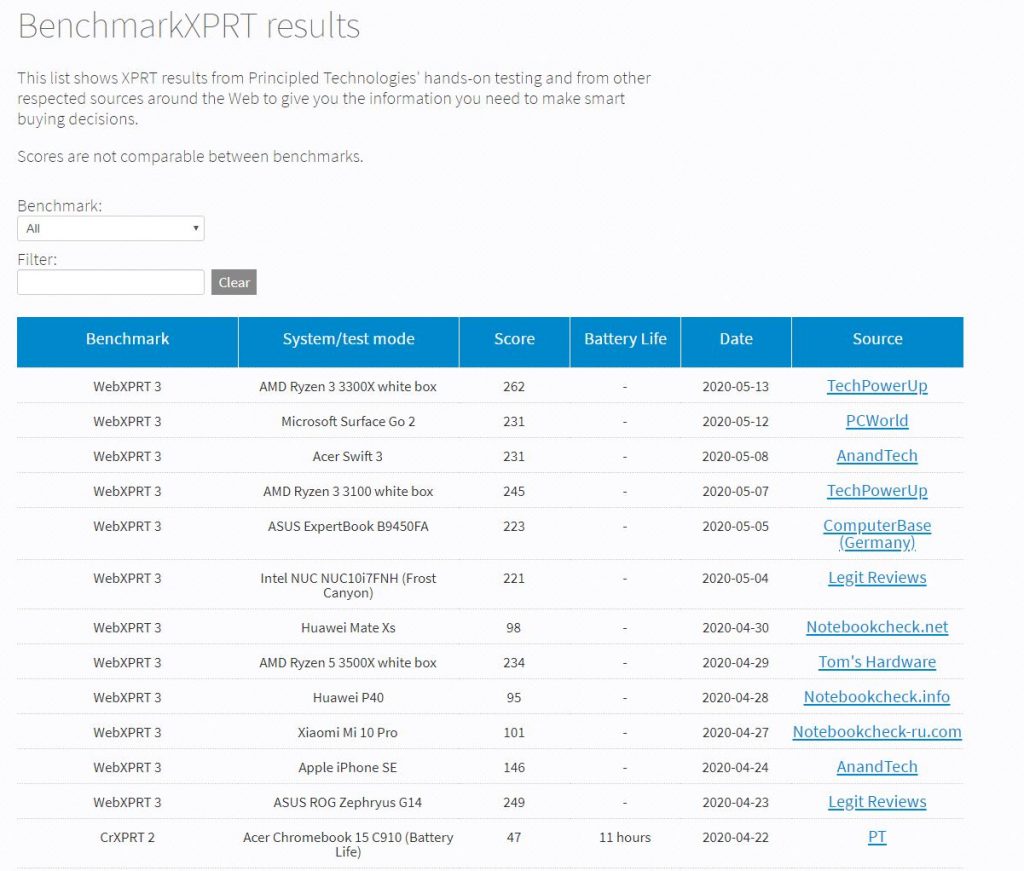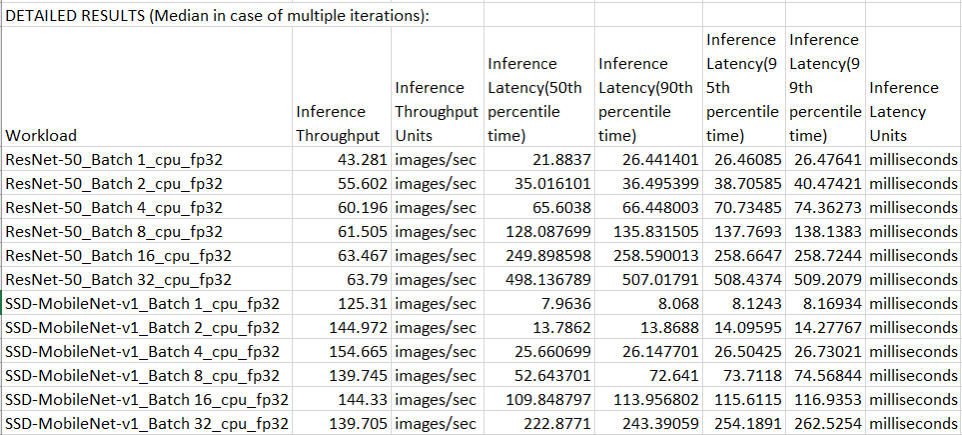A few weeks ago, we shared the general framework of the periodic results publication process we will use for CloudXPRT. Now that the CloudXPRT Preview is live, we’re ready to share more details about the results review group; the submission, review, and publication cycles; and the schedule for the first three months.
The results review group
The CloudXPRT results review group will serve as a sanity check and a forum for comments on each month’s submissions. All registered BenchmarkXPRT Development Community members who wish to participate in the review process can join the group by contacting us via email. We’ll confirm receipt of your request and add you to the review group mailing list. Any non-members who would like to join the review group can contact us and we’ll help you become community members.
The submission, review, and publication cycle
We will update the CloudXPRT results database once a month on a published schedule. While testers can submit results through the CloudXPRT results submission page at any time, two weeks prior to each publication date, we will close submissions for that review cycle. One week prior to each publication date, we will email details of that month’s submissions to the results review group, along with the deadline for sending post-publication feedback.
Schedule for the first three publication cycles
We will publish results to the database on the last business day of each month and will close the submission window at 11:59 PM on the business day that falls two weeks earlier (with occasional adjustments for holidays). The schedule will be available at least six months in advance on CloudXPRT.com.
The schedule for the first three cycles is as follows:
July
Submission deadline: Friday 7/17/20
Publication date: Friday 7/31/20
August
Submission deadline: Monday 8/17/20
Publication date: Monday 8/31/20
September
Submission deadline: Wednesday 9/16/20
Publication date: Wednesday 9/30/20
As a reminder, members of the tech press, vendors, and other testers are free to publish CloudXPRT results at any time. We may choose to add such results to our database on the monthly publication date, after first vetting them.
We look forward to reviewing the first batch of results! If you have any questions about CloudXPRT or the results submission or review process, let us know!
Justin















